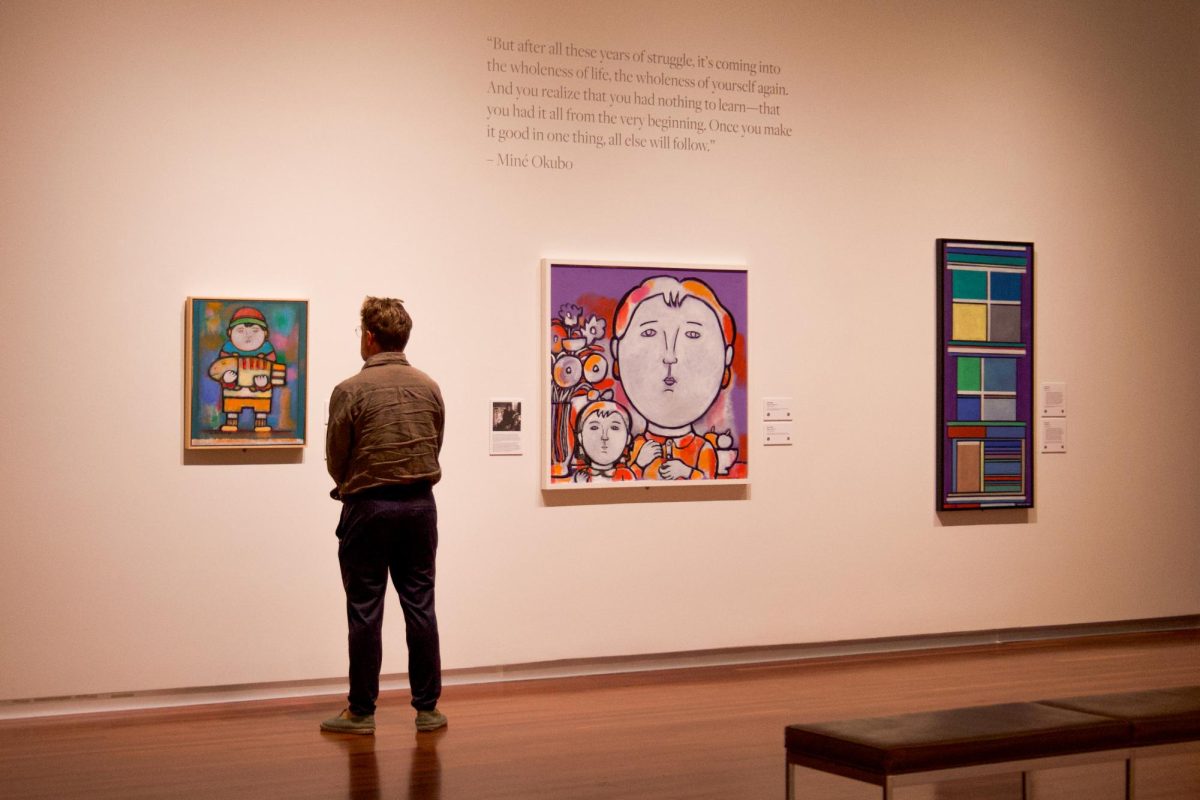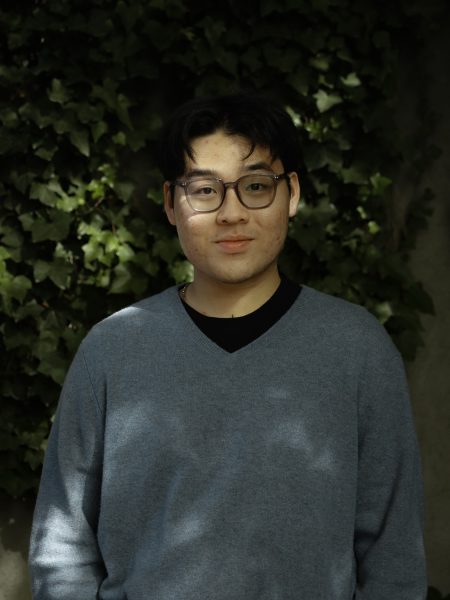Though commonly known for its business and science majors, the University of Utah features a robust and diverse collection of arts programs.
The arts, dance, film, music and theatre departments all boast unique opportunities for students to learn — whether they explicitly fit into their major or not.
The Department of Fine Arts offers help locating internships and students are offered opportunities to display their skills at top notch concert halls.
While artistry might not be in every student’s career path, immersing oneself in a variety of experiences as a student can enhance life skills. Incoming students will be able to take full advantage of their collegiate experience if they prioritize a comprehensive education that includes the arts.
Benefits of General Education
Whether or not students plan on participating in an arts major, embracing diverse coursework is vital. General education requirements are often approached as a means to an end.
Embracing general education requirements, specifically arts electives, can allow students to develop as a balanced individual who can contribute to the workforce in a holistic way, according to Herzing University. Taking arts-related coursework while in college enables creative and flexible thinking, which serves all students far beyond higher education, according to University of Cincinnati assistant professor Nadia Ibrahim-Taney.
For majors in the art department, coursework offers essential benefits to students’ futures. Avi Pilato, a dance student, knows that what he is learning will enhance his future.
“Catharsis, grounding and exercise are [elements of dance] that will help me,” Pilato said.
Intersection of STEM and the Arts
For students who hope to pursue a career unrelated to the arts, or for those with a variety of interests, the U provides a pathway to success. Students interested in health, for example, have access to a wide selection of educational pathways that support their future. Pilato demonstrates this in his own pursuit of both dance and science.
“While searching for a program, I wanted to ensure that I had a strong dance track and a strong academic track,” Pilato said. “I find it easy to integrate the two. There are even some [science] classes in the dance program, like anatomy for dancers.”
Many graduate schools value and prioritize applicants with unique backgrounds. Having an education in the arts, or at least a comprehensive education, can then be an asset for those with a variety of long-term goals.
In a U.S. News article, Dr. Lloyd Minor, dean of Stanford’s School of Medicine talked about the arts and its critical role in medicine.
“Science helps us understand the fundamental workings of the human body and mind, but we need to look beyond science to make sense of things like suffering, love, hate and hope,” he said. “I believe the arts provide a unique window into ourselves and the human condition. This understanding provides profound benefits to us as individuals and to those we serve.”
There are ways premed students can incorporate art into their scientific endeavors. Conducting research about how music can improve recovery times is one example. Art therapy has also become a way for people to work through trauma. The American Art Therapy Association defines it as therapy that “engages the mind, body, and spirit in ways that are distinct from verbal articulation alone. Kinesthetic, sensory, perceptual and symbolic opportunities invite alternative modes of receptive and expressive communication, which can circumvent the limitations of language.”
Dance is another art form that can be used to improve outcomes for disabled people. Harini Sridhar, a dancer, conducted research showing how dance could “benefit the social, cognitive and motor outcomes of individuals with disabilities.”
“Qualitative research combining arts and medicine mirrors the critical thinking that physicians use while taking a patient’s history: asking unbiased questions, connecting different parts of stories and seeing themes in data,” she said in her research.
Where the U Leaves You
Whatever students are looking for during their time at the U, an arts-inclusive education will always be an asset.
Not only can pursuing unique experiences enhance one’s strengths in their future line of work, but this kind of immersive learning is intrinsically valuable. All students in higher education should prioritize an environment where they have access to these opportunities. The U is the perfect place for that.




